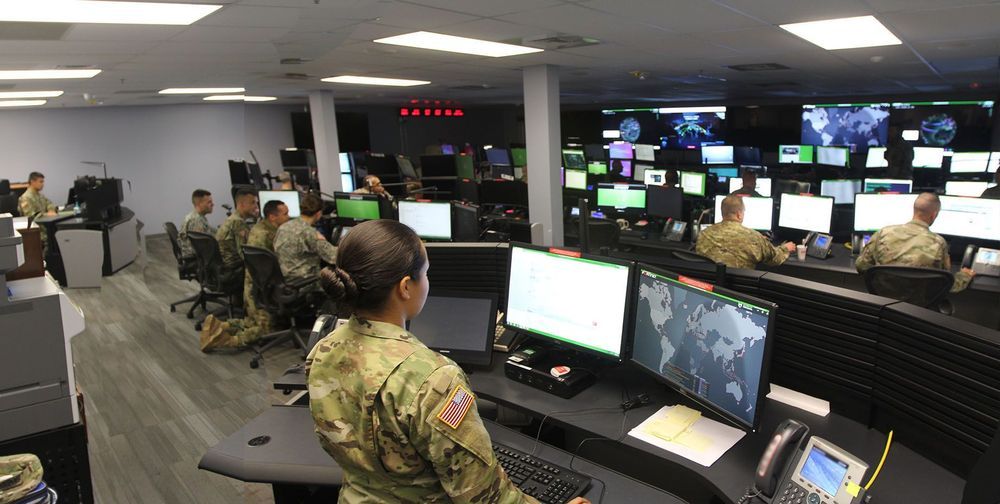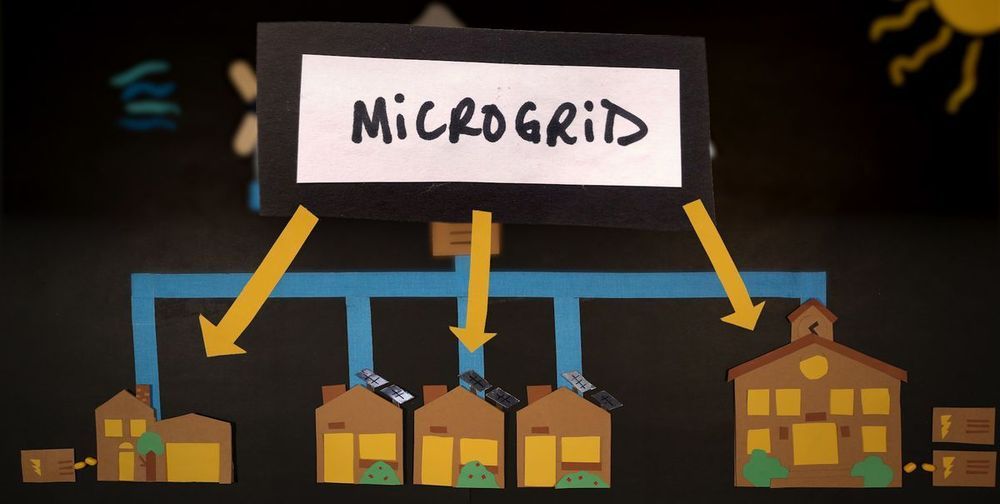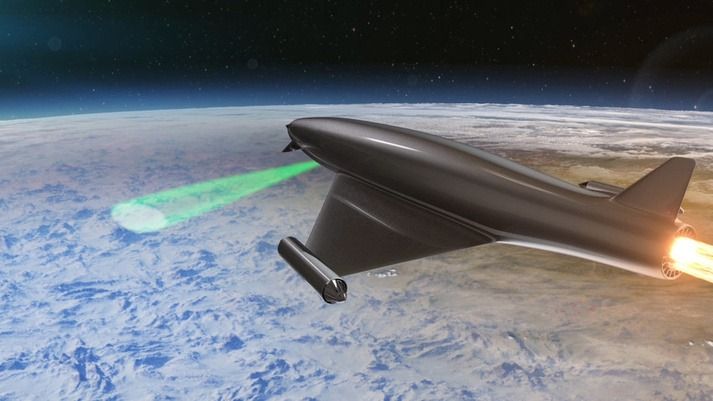Thousands of Australians appear to believe lasers and exploding smart meters are being used to start our bushfires to make way for a new train network.
A Storyful investigation with news.com.au has found the conspiracy theory has spread far and wide on social media — with “directed-energy weapons” (DEWs) posts being shared tens of thousands of times in the past few weeks.
Those who believe the theory say the bushfires in this unprecedented season are being started using weapons which harness the focused power of technology such as lasers or microwaves.










